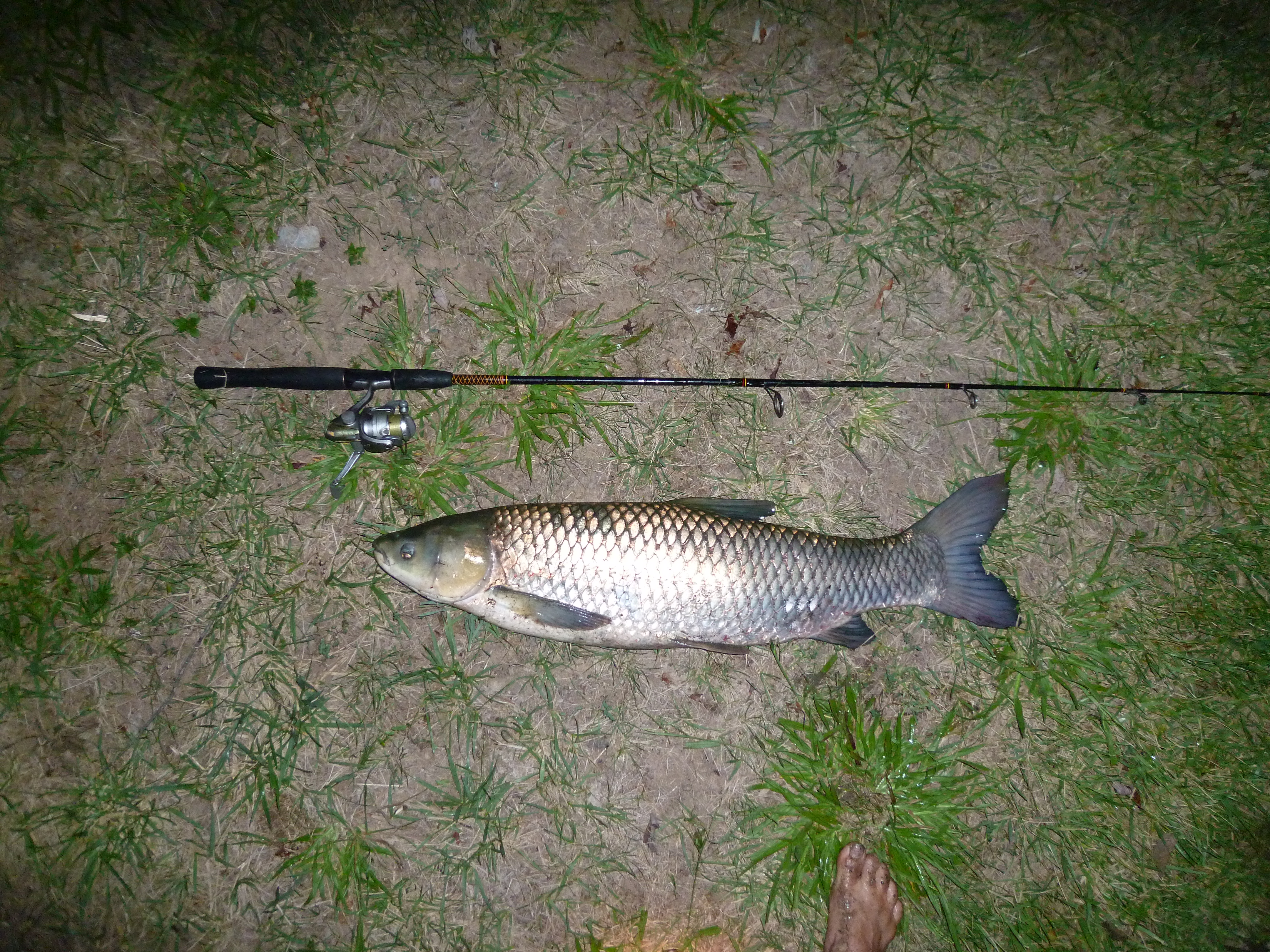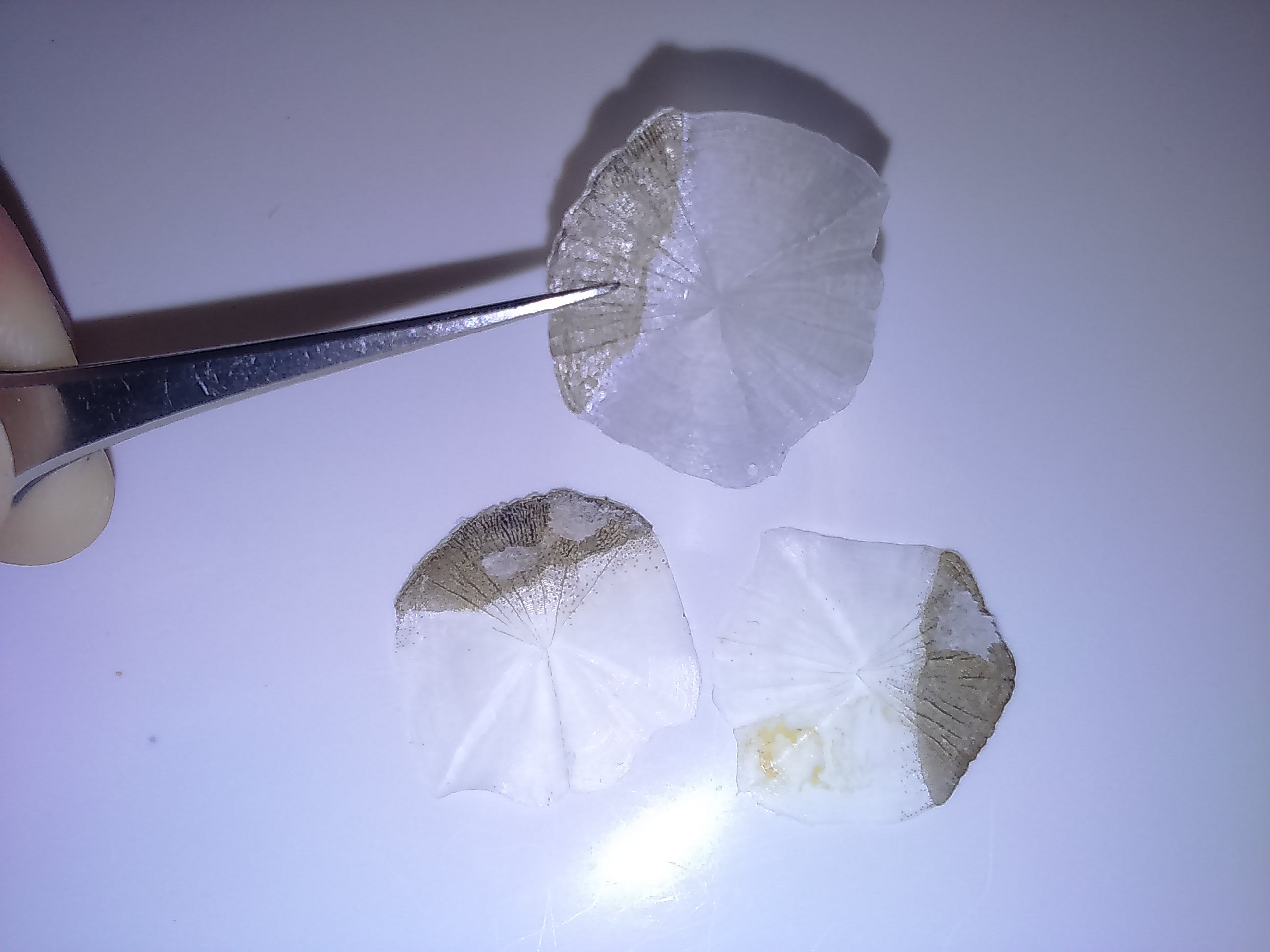|
Lake Klopein
Lake Klopein (, ) is a lake near the town of Völkermarkt located within the municipality of Sankt Kanzian in Carinthia, Austria. Lake Klopein is the remaining lake of previously larger lake area, which has spanned over today's Kühnsdorf area. With water temperatures reaching 29 °C it is among the warmest lakes in the Alpine region. Geological structure Lake Klopein is mostly a still lake. Only a few little streams are flowing into it. The result is a very high water temperature, reaching up to 29 °C . The outgoing stream is on the west side and flows inside the river Drava. Lake Klopein is 1800 Meters long, 800 Meters wide and has the deepest depth of 48 Meters. Average depth is at 23 Meters. Because of the rare water influx from the rivers, the Sankt Kanzian municipality is taking great care about preserving the water quality. Since the 1980s when the lake used to be biologically contaminated they managed to add different channels to ventilate the lake. Since ... [...More Info...] [...Related Items...] OR: [Wikipedia] [Google] [Baidu] |
Carinthia (state)
Carinthia (german: Kärnten ; sl, Koroška ) is the southernmost Austrian state, in the Eastern Alps, and is noted for its mountains and lakes. The main language is German. Its regional dialects belong to the Southern Bavarian group. Carinthian Slovene dialects, forms of a South Slavic language that predominated in the southeastern part of the region up to the first half of the 20th century, are now spoken by a small minority in the area. Carinthia's main industries are tourism, electronics, engineering, forestry, and agriculture. Name The etymology of the name "Carinthia", similar to Carnia or Carniola, has not been conclusively established. The ''Ravenna Cosmography'' (about AD 700) referred to a Slavic "Carantani" tribe as the eastern neighbours of the Bavarians. In his ''History of the Lombards'', the 8th-century chronicler Paul the Deacon mentions "Slavs in Carnuntum, which is erroneously called Carantanum" (''Carnuntum, quod corrupte vocitant Carantanum'' ... [...More Info...] [...Related Items...] OR: [Wikipedia] [Google] [Baidu] |
Salmo Trutta Lacustris
The brown trout (''Salmo trutta'') is a European species of salmonid fish that has been widely introduced into suitable environments globally. It includes purely freshwater populations, referred to as the riverine ecotype, ''Salmo trutta'' morpha ''fario'', a lacustrine ecotype, ''S. trutta'' morpha ''lacustris'', also called the lake trout, and anadromous forms known as the sea trout, ''S. trutta'' morpha ''trutta''. The latter migrates to the oceans for much of its life and returns to fresh water only to spawn. Sea trout in Ireland and Britain have many regional names: sewin in Wales, finnock in Scotland, peal in the West Country, mort in North West England, and white trout in Ireland. The lacustrine morph of brown trout is most usually potamodromous, migrating from lakes into rivers or streams to spawn, although evidence indicates some stocks spawn on wind-swept shorelines of lakes. ''S. trutta'' morpha ''fario'' forms stream-resident populations, typically in alpine streams, ... [...More Info...] [...Related Items...] OR: [Wikipedia] [Google] [Baidu] |
Perca Fluviatilis
The European perch (''Perca fluviatilis''), also known as the common perch, redfin perch, big-scaled redfin, English perch, Euro perch, Eurasian perch, Eurasian river perch, Hatch, poor man’s rockfish or in Anglophone parts of Europe, simply the perch, is a predatory species of the freshwater perch native to Europe and northern Asia. The species is a popular quarry for anglers, and has been widely introduced beyond its native area, into Australia, New Zealand and South Africa. They have caused substantial damage to native fish populations in Australia and have been proclaimed a noxious species in New South Wales. Description European perch are greenish with red pelvic, anal and caudal fins. They have five to eight dark vertical bars on their sides. When the perch grows larger, a hump grows between its head and dorsal fin. European perch can vary greatly in size between bodies of water. They can live for up to 22 years, and older perch are often much larger than average; ... [...More Info...] [...Related Items...] OR: [Wikipedia] [Google] [Baidu] |
Tinca Tinca
The tench or doctor fish (''Tinca tinca'') is a fresh- and brackish-water fish of the order Cypriniformes found throughout Eurasia from Western Europe including the British Isles east into Asia as far as the Ob and Yenisei Rivers. It is also found in Lake Baikal. It normally inhabits slow-moving freshwater habitats, particularly lakes and lowland rivers.B. Whitton (1982). ''Rivers, Lakes and Marshes'' p 163. Hodder & Staughton, London. Taxonomy The tench was formerly classified in the subfamily Leuciscinae with other Eurasian minnows, but more recent phylogenetic studies have supported it belonging to its own family Tincidae. Ecology The tench is most often found in still waters with a clay or muddy substrate and abundant vegetation.A. F. Magri MacMahon (1946). ''Fishlore'', pp 156-158. Pelican Books. This species is rare in clear waters across stony substrate, and is absent altogether from fast-flowing streams. It tolerates water with a low oxygen concentration, being ... [...More Info...] [...Related Items...] OR: [Wikipedia] [Google] [Baidu] |
Scardinius Erythrophthalmus
The common rudd (''Scardinius erythrophthalmus'') is a bentho-pelagic freshwater fish, widely spread in Europe and middle Asia, around the basins of the North, Baltic, Black, Caspian and Aral seas. Identification Morphologically, this species is very similar to the roach ('' Rutilus rutilus''), with which it can be easily confused. It can be identified by the yellow eye colour. The eye of the roach has a big red spot above the pupil, that can be more or less conspicuous. The rudd has an upturned mouth allowing it to feed easily at the top of the water. The placement of the dorsal fin is more to the rear which is even visible in very young fish. There are normally only one or two scales between the tip of the pelvic fins and the anal fins, while on the roach there are five. Also the skin of the rudd is yellowish green, while the roach is bluish on the flanks. Also the upturned mouth is visible even in young fish. Furthermore, the rudd's number of soft rays in the dorsal fin ... [...More Info...] [...Related Items...] OR: [Wikipedia] [Google] [Baidu] |
Cyprinus Carpio
The Eurasian carp or European carp (''Cyprinus carpio''), widely known as the common carp, is a widespread freshwater fish of eutrophic waters in lakes and large rivers in Europe and Asia.Fishbase''Cyprinus carpio'' Linnaeus, 1758/ref>Arkive The native wild populations are considered Vulnerable species, vulnerable to extinction by the International Union for Conservation of Nature (IUCN), but the species has also been Domestication, domesticated and Introduced species, introduced (see aquaculture) into environments worldwide, and is often considered a destructive invasive species, being included in the list of the world's 100 worst invasive species. It gives its name to the carp family, Cyprinidae. Taxonomy The two subspecies are: * ''Cyprinus carpio carpio'', native to much of Europe (notably the Danube and Volga rivers)Jian Feng Zhou, Qing Jiang Wu, Yu Zhen Ye & Jin Gou Tong (2003). Genetic divergence between ''Cyprinus carpio carpio'' and ''Cyprinus carpio haematopterus'' as a ... [...More Info...] [...Related Items...] OR: [Wikipedia] [Google] [Baidu] |
Abramis Brama
The common bream, freshwater bream, bream, bronze bream, carp bream or sweaty bream (''Abramis brama''), is a European species of freshwater fish in the family Cyprinidae. It is now considered to be the only species in the genus ''Abramis''. Range and habitat The common bream's home range is Europe north of the Alps and Pyrenees, as well as the Balkans. They are found as far east as the Caspian Sea, the Black Sea, and the Aral Sea. The common bream lives in ponds, lakes, canals, and slow-flowing rivers. Description The bream is usually long, though some specimens of have been recorded; it usually weighs . Its maximum length is 90 cm (35.5 in),the recorded weight is around 9.1 kg (20 lb). The common bream has a laterally flattened and high-backed body and a slightly undershot mouth. It is a silvery grey colour, though older fish can be bronze-coloured, especially in clear waters. The fins are greyish to black, but never reddish. Similar-looking fish Th ... [...More Info...] [...Related Items...] OR: [Wikipedia] [Google] [Baidu] |
Ctenopharyngodon Idella
The grass carp (''Ctenopharyngodon idella'') is a species of large herbivorous freshwater fish in the family Cyprinidae, native to the Pacific Far East, with a native range stretching from northern Vietnam to the Amur River on the Sino-Russian border.Mandrak and Cudmore. 2004''Biological Synopsis of Grass Carp (Ctenopharyngodon idella)''. This Asian carp is the only species of the genus ''Ctenopharyngodon''. Grass carp are resident fish of large turbid rivers and associated floodplain lakes/wetlands with a wide range of temperature tolerance, and spawn at temperatures of . It is cultivated as a food fish in China for centuries, but was introduced in Europe and the United States for aquatic weed control, becoming the fish species with the largest reported farmed production globally, over five million tonnes per year. [...More Info...] [...Related Items...] OR: [Wikipedia] [Google] [Baidu] |
Leuciscus Cephalus
''Squalius cephalus'' is a European species of freshwater fish in the carp family Cyprinidae. It frequents both slow and moderate rivers, as well as canals and still waters of various kinds. This species is referred to as the common chub, European chub, or simply chub. Description It is a stocky fish with a large rounded head. Its body is long and cylindrical in shape and is covered in large greenish-brown scales which are edged with narrow bands of black across the back, paling to golden on the flanks and even paler on the belly. The tail is dark brown or black, the dorsal fin is a greyish-green in colour and all the other fins are orange-red. The dorsal fin has 3 spines and 7-9 soft rays while the anal fin has 3 spines and 7-10 rays. The vertebrae count is 42-48. It can grow to 60 cm standard length but most fish are around 30 cm. Distribution The chub is distributed throughout most of northern Eurasia, it can be found in the rivers flowing into the North, Baltic, no ... [...More Info...] [...Related Items...] OR: [Wikipedia] [Google] [Baidu] |
Anguilla Anguilla
The European eel (''Anguilla anguilla'') is a species of eel, a snake-like, catadromous fish. They are normally around and rarely reach more than , but can reach a length of up to in exceptional cases. Eels have been important sources of food both as adults (including jellied eels of East London) and as glass eels. Glass-eel fishing using basket traps has been of significant economic value in many river estuaries on the western seaboard of Europe. While the species' lifespan in the wild has not been determined, captive specimens have lived over 80 years. A specimen known as "the Brantevik Eel" lived for 155 years in the well of a family home in Brantevik, a fishing village in southern Sweden. Conservation status The European eel is a critically endangered species. Since the 1970s, the numbers of eels reaching Europe is thought to have declined by around 90% (possibly even 98%). Contributing factors include overfishing, parasites such as ''Anguillicola crassus'', barrier ... [...More Info...] [...Related Items...] OR: [Wikipedia] [Google] [Baidu] |





